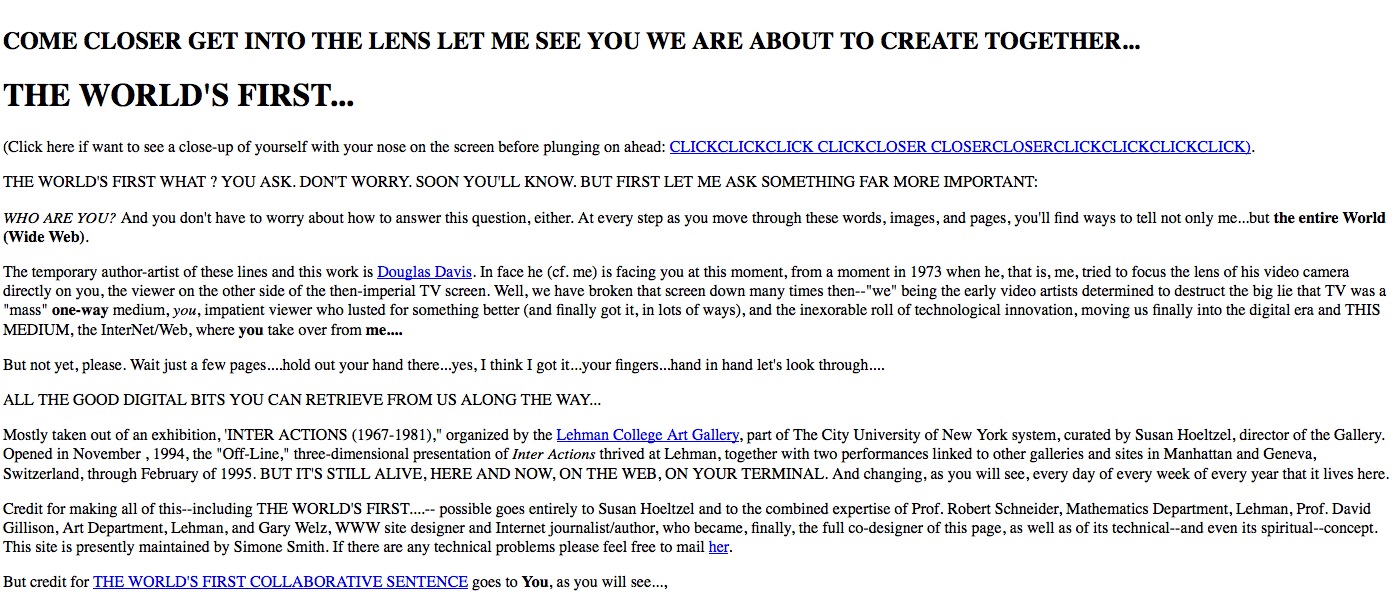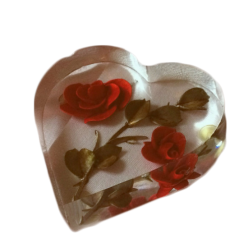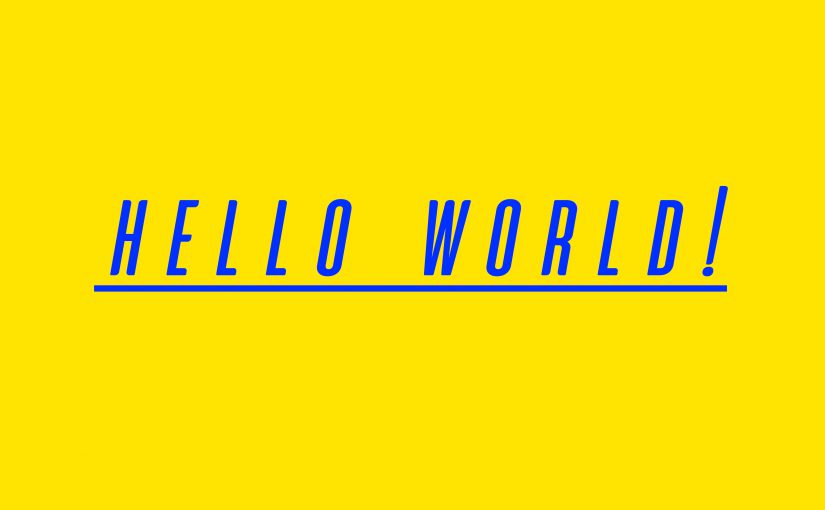We all know of the common term ‘DIY’ which stands for Do It Yourself. DIWO on the other hand stands for Do It With Others and it is pretty self-explanatory. It is basically an approach that enables the collaboration between people in making art. Through DIWO, people get to create collective works which shapes fresher perspectives that would not have been formed if done alone.
DIWO was created by a group called Furtherfield. The makers were intrigued by the “cultural value” of collaboration between people of different visions as compared to ideas of individual works. As such, they created an artware (a software platform) which allows different people to collaboratively work on an art piece to create meaning. This brings me to the importance of an open source network. Connection and collaboration would not be as easy if networks are privatized. Surely, the masses would not want to pay just to work with somebody else thus open source networks are important for DIWO to succeed.
Collaboration through DIWO also negates the notion of an audience. No one is solely viewing the work. Everyone is engaged in creating it. Hence, everyone involved are the artists.
This reminds me of Yoko Ono’s Cut Piece (above) which we watched a video of in the first lesson. She, the supposed artist, simply sits on stage allowing all her viewers to cut pieces of her clothes off. This best exemplifies the collaborative movement. Without her “audience” interacting with her, the performance piece would have remained stagnant. Thus, she is doing it with others (DIWO).
Throughout half the semester that has passed, I have been exposed to many collaborative projects involving the third space. Again, the third space is “the pervasiveness of distributed space… in which we are constantly connected” (Packer R. “The Third Space,” (2014) in Reportage from the Aesthetic Edge). The existence of the third space has improved the efficiency of doing it with others. Through a space accessible by today’s advanced and quick technology, we are able to be involved in DIWO in a flash.

One of our microprojects, the Tele-stroll is a good example. As seen in the picture above, we utilized Facebook’s live feature to create a collaborative piece called the Tele-stroll. My friend, Jasmine and I were at different areas in Singapore yet we were able to do the same things at the same time through negotiation and communication which is essentially what a third space serves to do.
DIWO also enables the creation of collective narratives. People are able to come together to put forth a message.

An evident example that I have learned of in this class is an artwork called The World’s Longest Collaborative Sentence (1994) by Douglas Davis. Anyone with access to the internet could contribute to making the sentence longer. Anyone could add to the story that is being typed out. As people read previous sentences and add on to them, it creates a narrative that is made through connection and interaction.

In class, we also did a micro-project called Telematic Embrace which is a collective narrative through the movement DIWO. We got to interact collectively through an online platform called Adobe Connect. As a class, we did a series of different poses and created beautiful images, one of which you can see above. We created the symbol “X” without even physically being directly next to each other.
All in all, I am for DIWO. I feel that it is a great way to sustain human interactions with the rise of technology that may be slowly isolating us from it. Through collaboration and negotiation, people are able to create works far beyond what they could have managed singly.




